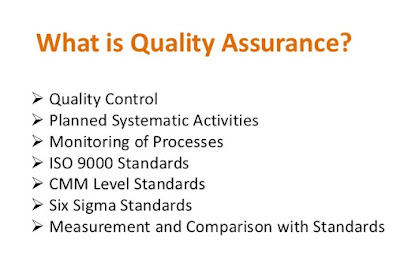Introduction to Error, Defect, and Failure
Let’s try to understand the inter-relation between Error, Defect, and Failure:
It is well said by Thomas Muller “A person can make an error (mistake), which produces a defect (fault, bug) in the code, in software or a system, or a document. If the execution of the defect in code happens, the system will fail to do what it should do (or something it shouldn’t), which causes a failure.”
Fault : It is a condition that causes the software to fail to perform its required function.
Error : Refers to difference between Actual Output and Expected output.
Failure : It is the inability of a system or component to perform required function according to its specification.
IEEE Definitions
Failure: External behavior is incorrect
Fault: Discrepancy in code that causes a failure.
Error: Human mistake that caused fault
Note:
Error is terminology of Developer.
Bug is terminology of Tester


